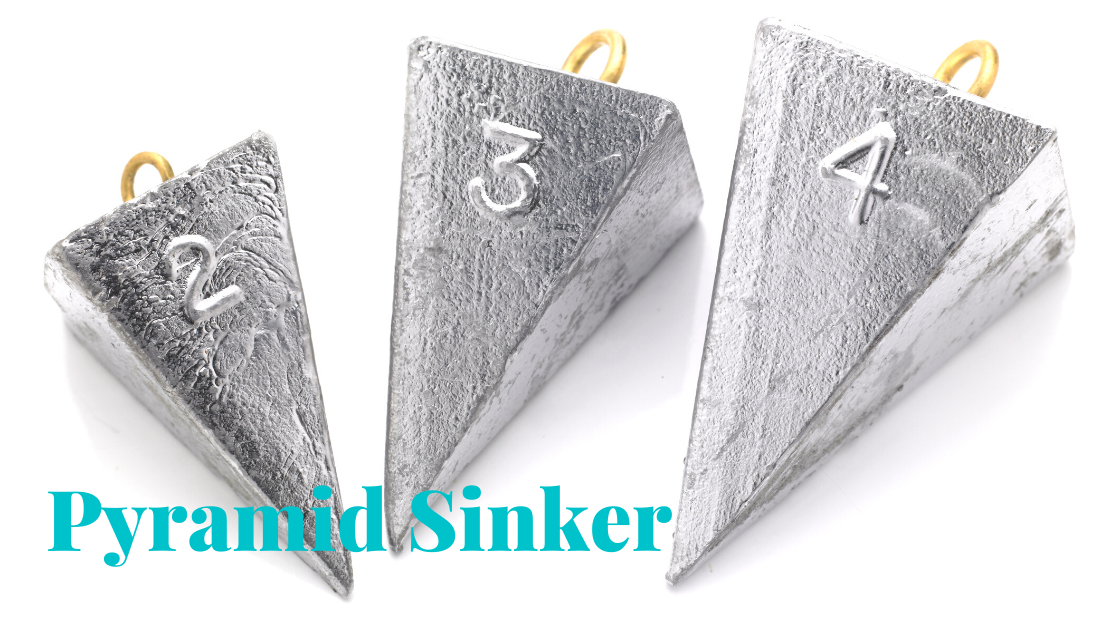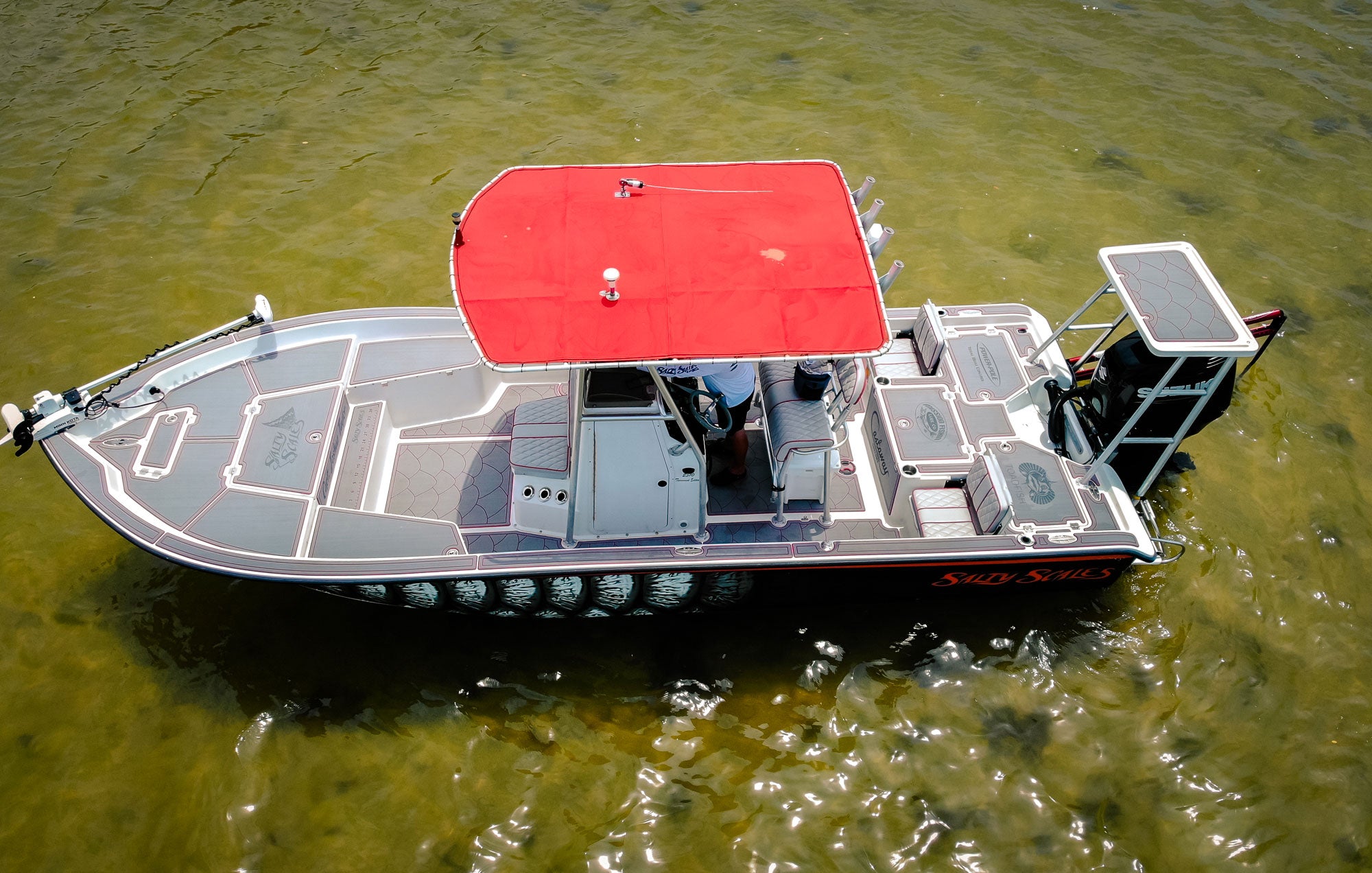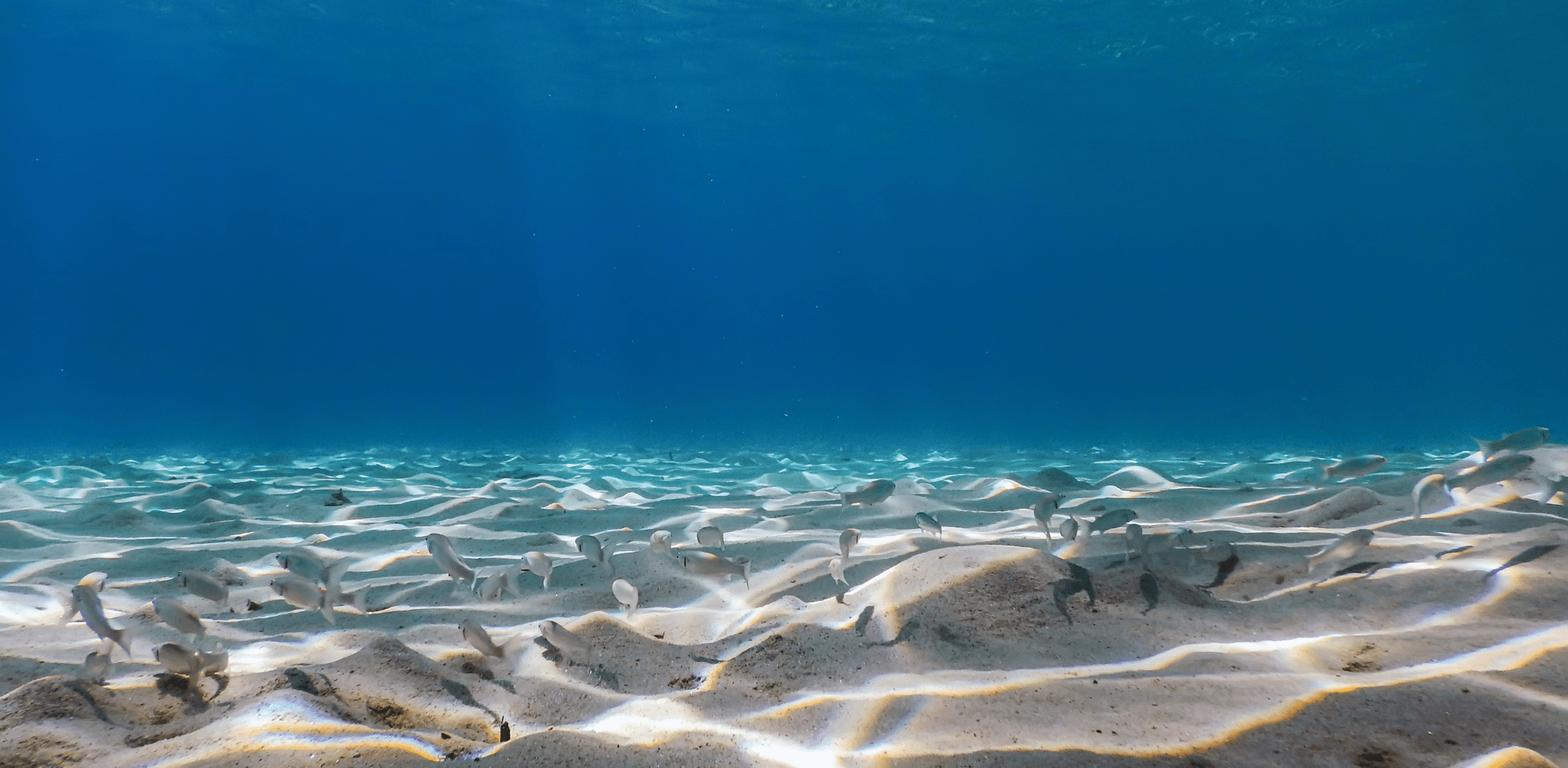
A fishing shirt has a vital role to play in any fishing expedition. Yet, many anglers often overlook its importance and consider some limited parameters while selecting one. The fishing shirt you wear must be comfortable to wear and easy to acquire and maintain. While having these qualities are vital, a fishing shirt is much more than a piece of garment. It is wholesome fishing gear and features several other elements such as ventilation flaps, areas for you to store lures and hooks, loops for your extra rod, and many other things. These fishing shirts keep in mind the angler's day-long toil under the sun and the many obstacles that anglers must overcome with each outdoor adventure.
There are several categories of fishing shirts. These include all-around fishing shirts that might not specialize in a single aspect but takes care of a wide variety of requirements. Then there are categories based on sleeves, such as long and short. Also, there are fishing shirts that work well to protect from the sun, while some are very lightweight.
All these might sound confusing for a new angler who is out to purchase a fishing shirt. In this article, we cut the clutter and categorically look at the aspects that may make or break a fishing shirt.
What Style Fishing Shirt Should You Choose?
The style of a fishing shirt is a quality that goes beyond aesthetics. It considers the outside temperature, the humidity in the air, and breathability. Let's look at the sub-category of shirt options first.Sleeves: Long or Short?
Fishermen who don't want to unnecessarily expose their skin to the hot sun for too long go for long sleeves. They prefer rolling up their sleeves only when actively fishing. On the other end, some anglers look for a nice tan when they're out. These anglers often choose a short sleeve shirt. Some fishermen tend to strike a balance between the long sleeve, short sleeve and will apply a quality sunblock. Long-sleeved performance shirts have come a long way and offer superior comfort and protection. Here at Salty Scales, we work relentlessly on research and development to ensure our customers are delighted. With these observations at your disposal, you can now make an informed choice on whether to go with short or long sleeves. Judge by the temperature outside, your body habits, and whether you are looking to soak up vitamin D or stay covered entirely.
Vented Fishing Shirts Help Keep You Cool
As we have already noted, a fishing shirt is about the right mix of comfort and utility. A vented fishing shirt will allow for breathability while helping to cool the core. The size of this vent varies from one shirt to another. Which size you will pick would depend on what your needs are. But, to decide on the size of the vent, you should be clear about its purpose.
If you are fishing in an atmosphere that has high levels of humidity, you will sweat more. In such a situation, you will need a shirt with a larger vent. A smaller vent would serve well in a colder climate. It will limit the volume of cold air that enters your garment. Thus, it would help if you chose the vent according to your surroundings.
Collar, or No Collar?
While some anglers prefer collared shirts that save their necks from long exposures in the sun, some prefer tee shirts. Tee shirts are convenient and quick to throw on. You will get collared and buttoned shirts in traditional button and snap styles. You can choose one according to your preference.
What about the color?
What color of shirt you will choose would depend on your likings. But, there are some non-aesthetic implications to consider as well. The darker the color, the more heat it will absorb. When you are fishing on the water on a sunny day, the water will also reflect sun rays, adding to your discomfort. Therefore, you must choose a lighter color that will help mitigate the effect of the heat and light. If your ambiance temperature is moderate and not too discomforting, we recommend choosing a lighter color.
The Durability Factor
As applicable for other pieces of clothing, fishing shirts also need to be durable. Usually, good fishing shirts are created from quality fabric blends. These shirts resist shrinkage and are not deformed easily. However, durability is a function of your usage frequency. If you are a regular angler, you will have to be extra careful about the material and formation of the shirt. If you go fishing occasionally, you will not face severe issues of wear and tear.
Now, the question is, how would you ensure durability. Consumers often tend to believe that the more expensive a shirt is, the more durable it is.
That is not always the case. Cost does not always ensure durability. A better way to ensure durability is to go through the reviews of the shirts available, check their material specifications, and then go for it. We are proud to say that we at Salty Scales offer a 365-day guarantee of any usual wear defect. A company that makes a good product should have no problem backing its garments.
The Performance Factor

What is a performance shirt? We hear the term thrown around quite frequently, but what sets a performance shirt apart from your leisurewear? Performance shirts focus on specific blends of woven fabrics. These fabrics concentrate on breathability, sun protection, and comfortability. When it comes to high-performance fishing shirts, you have probably heard about microfiber performance shirts.
As a broader category, performance fishing shirts have been present in the market for quite some time. These shirts are typically manufactured from some blend of synthetic polyester. They are generally lightweight and have a UPF sun protection rating anywhere between 15 and 50+.
Before moving on to a performance fishing shirt's other qualities, let's delve deeper into understanding what UPF is. It is essential to know the difference between UPF and SPF, as consumers often confuse these two, especially SPF being a much popular term.
SPF stands for Sun Protection Factor. It is a factor that we use to measure the amount of time it takes for the skin to redden. The higher the SPF score, the longer it takes for the skin to redden.
UPF, on the other hand, is a measure of protection from UV rays. The factor signifies the time it takes for the UV rays to go through a piece of fabric and reach the skin. UV rays could be the most damaging to your skin, and therefore you must choose a shirt with a high UPF score. The higher the UPF score, the longer it takes for the UV rays to penetrate the fishing shirt.
Now, let's come back to the topic of performance fishing shirts again. Many people call a performance fishing shirt a "Dri-fit," "Microfiber," or "sun shirts."
You will get these shirts both in long-sleeve and short-sleeve. Temperament-wise, these shirts are soft, breathable, moisture-wicking, and sun protection for the outdoors.
What About the Cost?
Cost is one factor that consumers often decide on depending on their budget or what they believe is the right price for a fishing shirt. While deciding on the price point, you would like to go with, ask yourself a few questions and try to find out their answers. While you must ask yourself how much you are willing to pay, you should also try to gauge the answer to why some shirts cost more than others.
There are three fundamental reasons why one fishing shirt costs more than the other. The first is the presence of big-box retailers in the supply chain. Some industry experts have found out that while brands charge a 100% profit on the price they buy from the manufacturer, the big box retailers apply a 100% mark-up subsequently. Since you can not purchase a shirt at retail price from a manufacturer who sells products in bulk, it is always prudent to buy the brand's shirt. Skipping the big-box retailer may save you a significant sum of money.

Since all brands are not directly available for purchase online, you might end up buying your favorite one - ultimately - from the big-box retailer.
Like any other piece of clothing, brand value impacts the pricing of the fishing shirts as well. If you are sure about the qualities you are looking for in your shirt, you can skip the assurance that comes with a reputed brand and choose the one that fits all your criteria. That way, you can save some extra bucks on your purchase.
Not all shirts are created equal; other essential factors determining price are the print process, the material used, stitch choice, and material weight.
The Raw Material
What raw material should you choose? It is no less critical a criterion for selection. Instead, it could be the most crucial criterion among all. The vital point is to choose between synthetic fabric and cotton. Before the performance fishing shirts appeared on the scene, anglers used to wear cotton shirts.
Cotton shirts were beneficial in many ways. They rank high on breathability and have a high UPF rating. But, their performance lagged behind synthetic polyester when it comes to fishing under the hot sun for an extended period. Cotton cannot wick away moisture like the polyester shirts. Resultantly, the cotton shirts fail to keep the angler cool; however, polyester fishing shirts can. The polyester performance fishing shirts can keep the temperature under control even when the fisherman is out in the hot sun for long.
While it is prudent to go with fishing shirts that are made of synthetic polyester, you must also keep in mind that there are different varieties. Look at the blend specifications before buying one and try to read the benefits the blend materials bring to polyester. While there are 100% polyester shirts, you would also get 90% polyester ones, with the rest of 10% made of either spandex, nylon, or elastane.
The Drying Quality
As we have already noted, shirts made of synthetic fiber dries quicker. It has the property of increasing surface moisture migration which results in rapid evaporation. Since it dries up the sweat quicker, it is helpful for the skin to breathe.
Another benefit of synthetic fiber performance fishing shirts is that they contain antimicrobials. These antimicrobials help slow down the growth and spread of the bacteria. Resultantly, these high-performance fishing shirts are good at resisting odor. You can wear it for a very long time without having to worry about stinking.
The Stain-Proofing Quality
Fishing is an outdoor activity, and there is ample scope for your fishing shirt to get stained. Although it is difficult to get a fishing shirt that is 100% stain-proof, the synthetic fiber high-performance fishing shirts are good at achieving a significant level of stain proofing. Since the fabric remains sealed, it prevents stains on the shirt to a great extent.
There are fishing shirts that promote themselves as stain proofs. These shirts add a layer of stain-resistant to the fiber used. One of the issues that this extra retain-resistant layer may pose is hindered breathability. Be sure you are not sacrificing a paramount quality for stain resistance.
The Weight of the Shirt
Let's start with a crucial distinction first. What you see on the shirt as its weight does not imply that the shirt weighs that much. Instead, it is an indicator of the fabric's thickness. This thickness may fall anywhere between 3.9 Oz and 6.5 Oz. The material that weighs less than 4 Oz falls in the category of super lightweight fabric. These are super thin fabric and much convenient to wear. But, in hindsight, owing to its thinness, it loses on the UPF rating. It may also fail you in keeping sufficiently warm in a cold atmosphere.
Heavier polyester fabric has a fabric thickness above the mark of 5 Oz. It may make you feel extra hot during summer. But, at the same time, it will carry a high UPF score, protecting you from the harmful UV rays.
The Softness of the Shirt
The softness of your fishing shirt is an irresistible quality. The good thing is that most of the high-performance fishing shirts are usually soft. Although there is a difference between different varieties and brands, you may find that some shirts are more delicate than others.
Many high-performance synthetic fiber fishing shirts come with a tag. The tag usually serves the purpose of the brand. It helps make the presence of the brand prominent. But, when you are wearing a synthetic fiber shirt for long hours under the sun and on the water, you would not want it to itch at your neck. It is OK to have a tag with the cotton shirt. But, if you have chosen a synthetic fiber fishing shirt, go for tagless for ultimate comfort.
The Print on the Shirt
You might be wondering what role the printing on the shirt could play in making you choose a proper fishing shirt! But, it has a role to play. There are two types of printings that you would find on your shirt. One is screen printing, and the other one is sublimation printing.
Screen-printed fishing shirts have layers of ink that are not porous. Resultantly, they are not adequately breathable. Each color used in the screen-printed design is an extra layer on your shirt. The presence of these additional layers, which are not breathable, will make you feel extra hot. There are several other disadvantages with screen printing that you probably have already noticed. These prints get sticky and start annoying you. They are often itchy, and the paint cracks and peels over frequent use. When you are out on a boat fishing, especially on a sunny and humid day, the last thing you would want is the print to get stuck to your sweating body.
But, the good thing is that high-performance microfiber fishing shirts do not use screen printing. They use sublimation printing. It is a form of permanent printing that is infused into the fabric. The printing technology used in these shirts is a unique form of heat transfer.
It is straightforward to ascertain whether your fishing shirt is using screen printing or sublimation printing. Run your fingernails on the logos and designs of your shirt. If you feel the presence of anything else other than the base material, it is a screen-printing job. Sublimation printing always results in a smooth and soft surface.
Does Your Shirt Have a Guarantee?
There are two types of guarantees that you would usually find on a fishing shirt. The first one is the money-back guarantee. Here, the seller would make a promise to take back your shirt within a prespecified number of days if you are not happy with the shirt. The other types of guarantees may promise you a replacement. In replacement guarantees, you can not leave the brand if you are not happy with its performance. You will have to go in a shirt belonging to the same brand. Therefore, it is always better to buy from retailers who are offering you money back. As far as the guarantee period is concerned, it may vary widely. Some shirts have 7-days, some have a 14-days guarantee period. There are a few rare companies that extend this period to 365 days. Reputation and credibility go a long way.
The Longevity of Your Fishing Shirt
When purchasing a new fishing shirt, you might've wondered about the longevity of the last one. You might have asked yourself, how long did the previous shirt last? Well, the longevity of any fishing shirt is a function of many things. While some of these have to do with the manufacturer, some have to do with the user—the better the raw material, the higher it's capacity to withstand wear and tear and tension. But, the longevity would also depend on how frequently you wear it, how often you wash or clean it with water and detergent, and how much exposure it gets to the sun and saltwater.
There is no denying the fact that sun and salty water corrode your shirt faster than usual. But, at the same time, the high-performance synthetic polyester shirts protect your fabric from these externalities. If you buy three or four high-performance microfiber or synthetic fiber fishing shirts, you can wear them in a rotating way. Then these shirts will last at least a couple of years if you go angling every week.
The Latest Trend
All-season fishing hoodies are slowly emerging as a trend. It is not that fishing hoodies are new to the market. But, till a couple of years ago, fishing hoodies mainly were for cold water fishing. Moreover, most of these hoodies were made of cotton. Slowly, synthetic fiber all-weather hoodies are gaining prominence. These hoodies score high on style and provide excellent protection from the sun, especially the face's head and face sides.
Summary
There are few simple things to check. Start by locating high-performance synthetic fiber shirts. Try to purchase it directly from the brand and not the big-box retailers. Check for the sublimation printing and itchy tags. Also, check whether the vent on the back is breathable enough. Look for the antimicrobial properties and UPF ratings. Once you are satisfied with the specification standards, look for the guarantee. It would be best if you get a money-back guarantee. If not, go for shirts that have a more extended guarantee period.
Why Salty Scales? Have a look:




